12 Things Everyone Owned in the 2010s
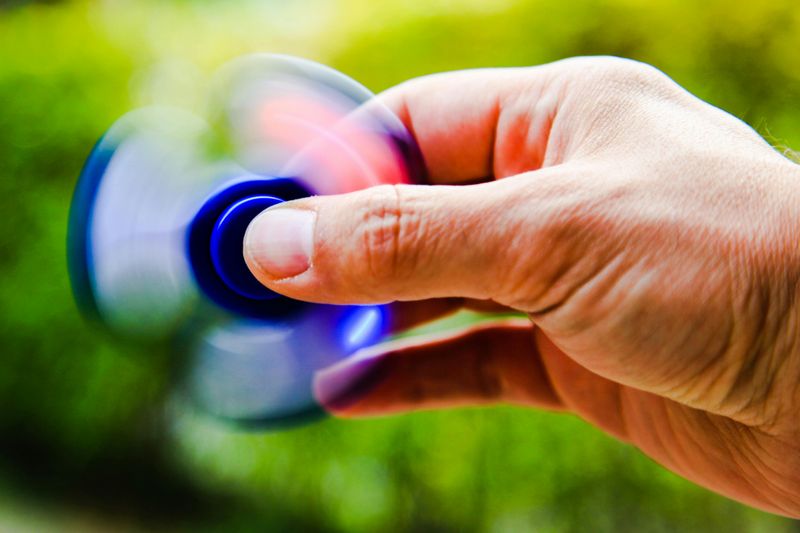
The 2010s brought us some of the most memorable gadgets, fashion trends, and cultural icons that shaped how we lived, dressed, and connected with each other. From wireless earbuds to viral toys, these items became so popular that it seemed like everyone had at least one. Looking back at this decade helps us understand how quickly trends can take over and how technology changed our everyday lives in surprising ways.
1. Apple iPhone 4
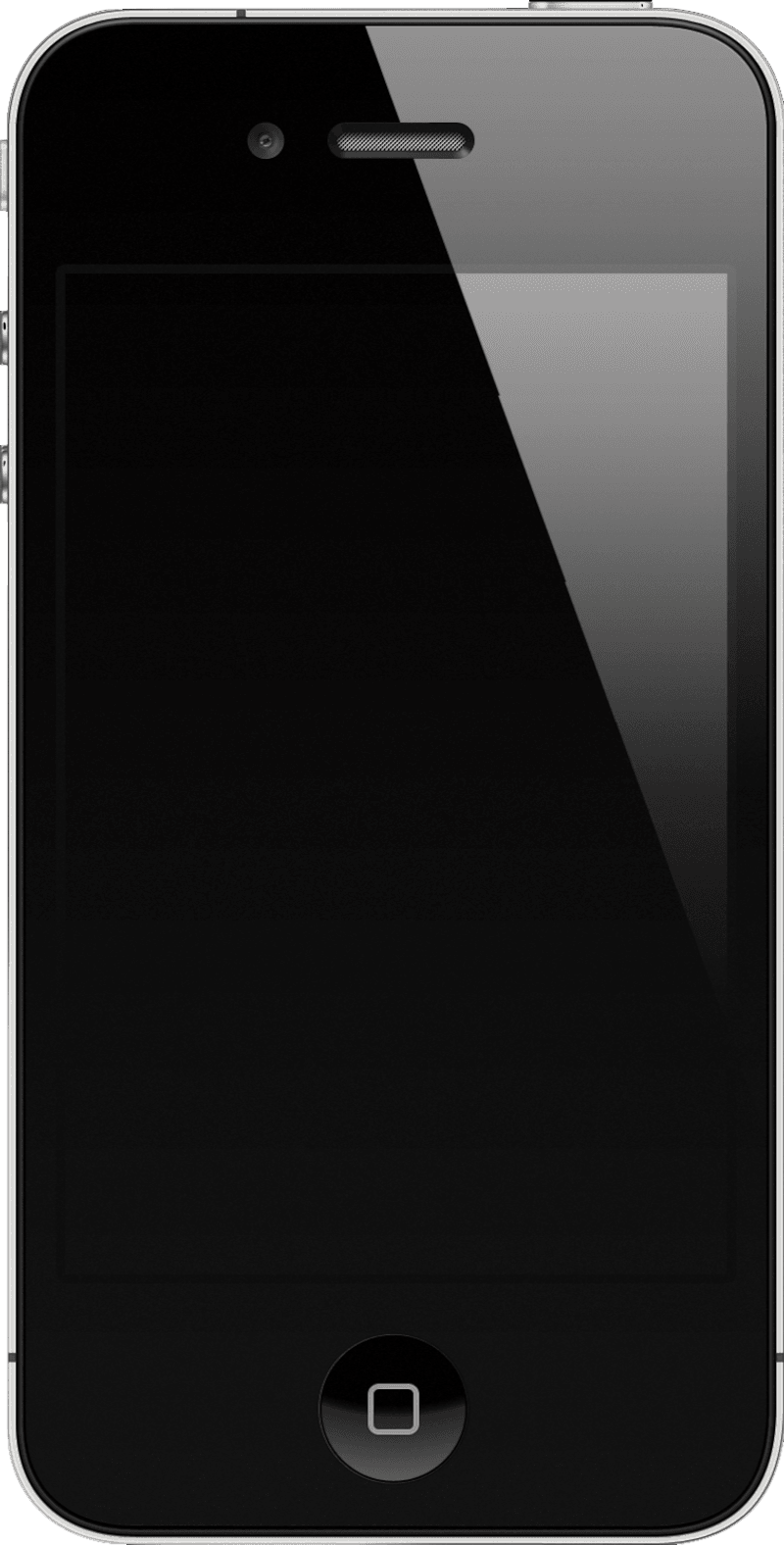
When Apple unveiled the iPhone 4 in 2010, it completely changed what people expected from their phones. The glass and stainless steel design looked futuristic, and the Retina display made everything appear incredibly sharp and colorful.
Almost overnight, it seemed like everyone wanted one. The phone introduced FaceTime, which let families and friends video chat for the first time on a mobile device. Its front-facing camera made selfies easier and more fun.
The iPhone 4 set the standard for smartphones throughout the entire decade. Even people who weren’t tech enthusiasts recognized its sleek design and wanted to own one themselves.
2. Adidas Stan Smith Sneakers

Originally designed for tennis legend Stan Smith in the 1970s, these white leather sneakers made an incredible comeback during the 2010s. Fashion bloggers and celebrities started wearing them with everything from jeans to dresses, making them a wardrobe essential.
Their simple, clean design meant they matched practically any outfit. Unlike flashy sneakers with bold colors and patterns, Stan Smiths offered a minimalist look that appealed to people of all ages.
By mid-decade, spotting someone without a pair became harder than finding someone with them. The shoes proved that sometimes classic designs never really go out of style.
3. Nintendo Switch
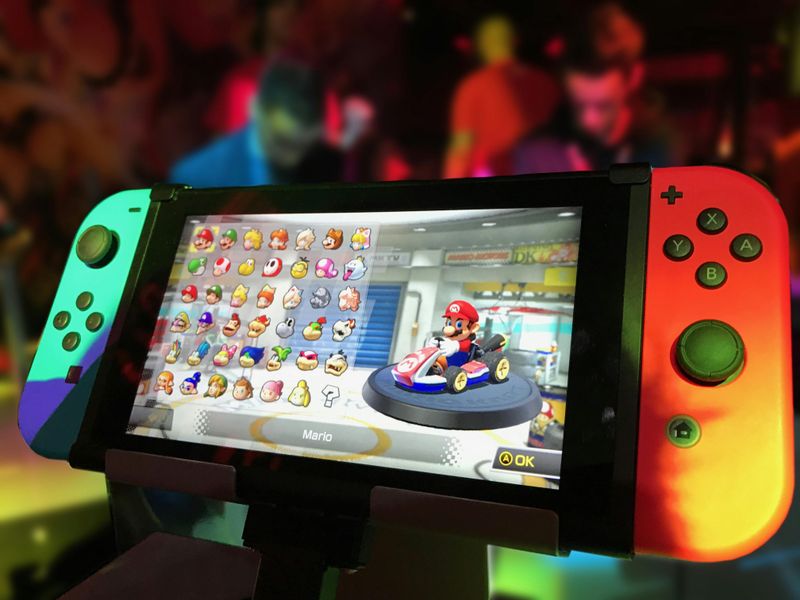
Nintendo struck gold in 2017 with a console that worked both as a home gaming system and a portable handheld device. Gamers could play on their TV at home, then seamlessly continue the same game on the go.
Families loved it because multiple people could play together using the detachable Joy-Con controllers. Games like Mario Kart and Animal Crossing became household favorites, bringing people together for fun gaming sessions.
The Switch sold millions of units and proved that innovative design could compete with more powerful consoles. Its versatility made it perfect for both serious gamers and casual players alike.
4. Apple AirPods
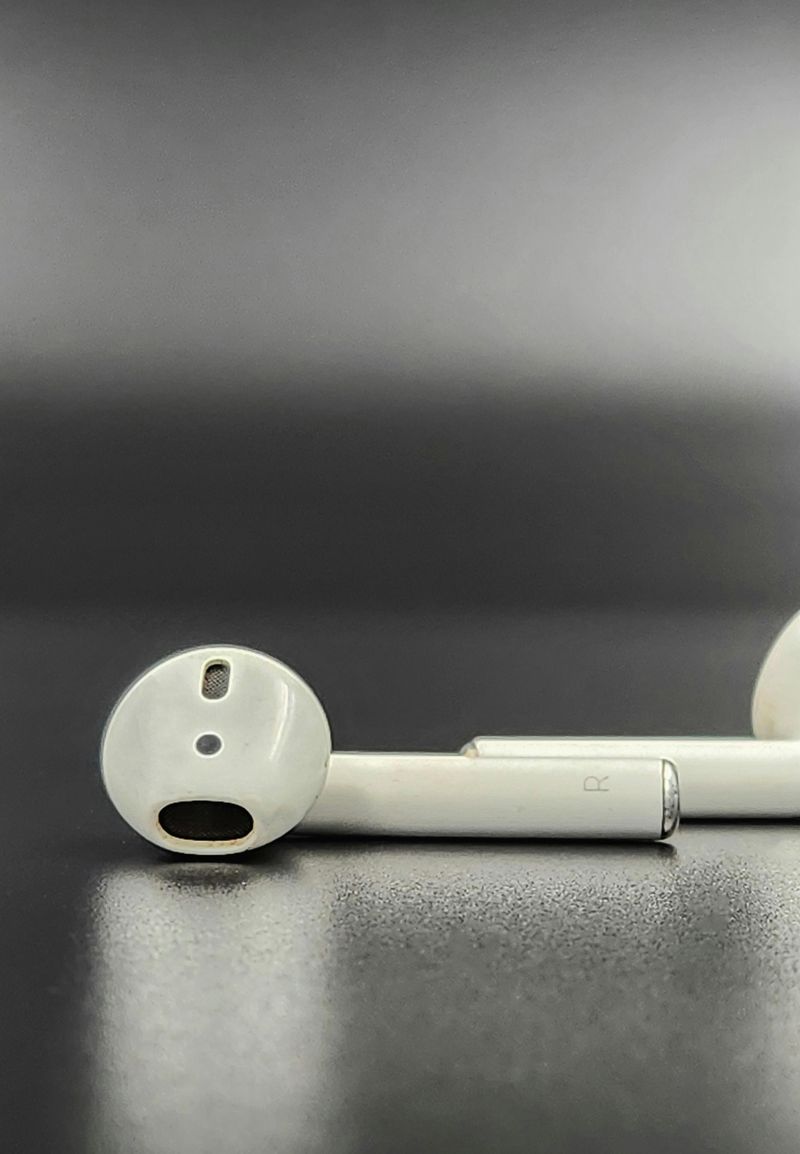
Those little white wireless earbuds became one of the most recognizable accessories of the late 2010s. Released in 2016, AirPods freed people from tangled headphone wires and quickly became a must-have tech item.
Critics initially joked about their unusual appearance, but the convenience won everyone over. They paired instantly with iPhones and offered surprisingly good sound quality for their size. Soon, spotting them in someone’s ears became as common as seeing smartphones in hands.
AirPods represented more than just music listening—they became a cultural symbol. Owning a pair showed you embraced wireless technology and Apple’s vision for the future.
5. Fidget Spinner

Few toys have taken over the world as quickly as the fidget spinner did in 2017. These small, spinning gadgets appeared everywhere—in classrooms, offices, and even on store checkout counters.
Kids begged their parents for them, claiming they helped with concentration and stress relief. Teachers had mixed feelings as the toys became distracting during lessons. Some schools even banned them, which only made them more desirable.
The craze lasted just a few months, but during that time, it seemed impossible to escape them. Looking back, fidget spinners perfectly captured how viral trends could explode across the globe in the social media age.
6. Selfie Stick

Before selfie sticks, getting everyone into a group photo meant awkwardly stretching your arm or asking strangers for help. This simple telescoping pole with a phone mount solved that problem and changed how people captured memories.
Tourists especially loved them for capturing landmark backgrounds while including themselves in the shot. Theme parks and museums had to create rules about their use because they became so widespread.
Critics called them silly and narcissistic, but millions of people bought them anyway. The selfie stick proved that practical solutions to everyday problems could become cultural phenomena, even if they looked a bit ridiculous.
7. Vine App
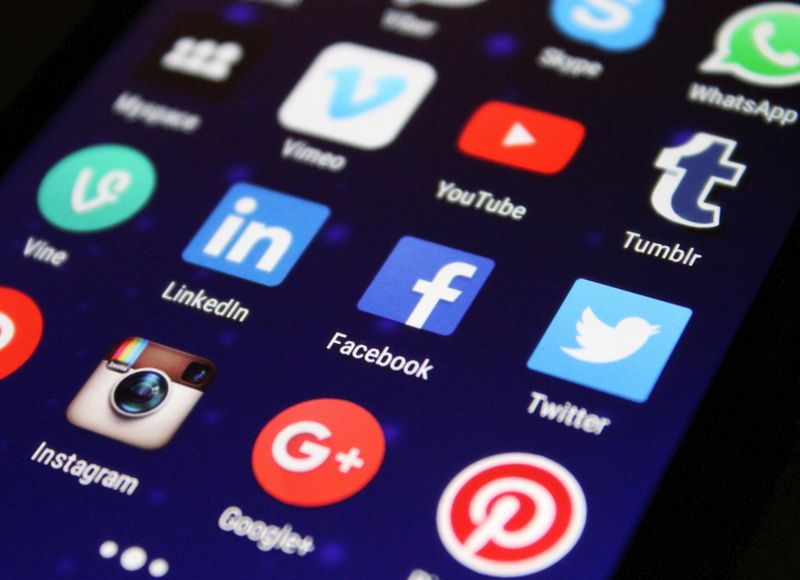
Vine gave creators just six seconds to make people laugh, and somehow that limitation sparked incredible creativity. Launched in 2013, the app turned ordinary people into internet celebrities with short, looping videos that were endlessly rewatchable.
Catchphrases and jokes from Vine spread across other social media platforms, influencing internet culture far beyond the app itself. Teenagers spent hours scrolling through compilations, memorizing quotes and sharing their favorites with friends.
Though Twitter shut down Vine in 2017, its influence lived on. Many creators who got their start on Vine went on to bigger platforms, and TikTok clearly learned from its success.
8. Avocado Toast

Smashed avocado on toasted bread became more than just breakfast—it turned into a cultural phenomenon and symbol of millennial lifestyle. Cafes and restaurants added fancy versions to their menus, charging premium prices for what was essentially a simple combination.
Food bloggers photographed it endlessly for Instagram, making it one of the most-posted dishes of the decade. Health-conscious eaters praised its nutritious fats and vitamins. Critics joked that young people spent too much money on it instead of saving for houses.
Whether you loved it or found the hype ridiculous, avocado toast defined brunch culture in the 2010s like nothing else could.
9. iPad Tablet

Steve Jobs introduced the iPad in 2010, creating an entirely new category of device that sat between smartphones and laptops. Skeptics wondered who needed a big touchscreen tablet, but millions of people quickly found uses for it.
Students used them for notes and textbooks, artists discovered amazing drawing apps, and families gathered around them to watch movies or play games together. The intuitive touch interface made technology accessible to people who found computers intimidating.
By the end of the decade, tablets had become common in homes, schools, and businesses worldwide. The iPad proved that sometimes the best innovations are ones we didn’t know we needed.
10. Fitbit Fitness Tracker
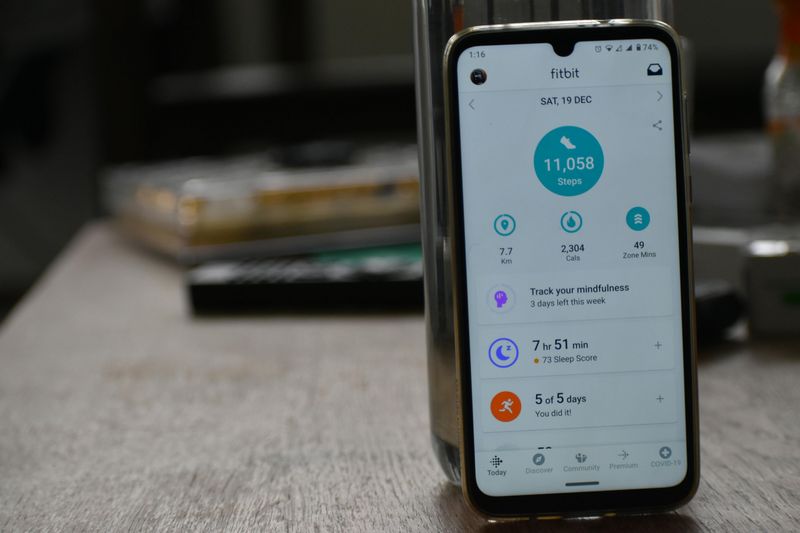
Counting steps became a national obsession thanks to Fitbit and similar wearable fitness trackers. These small devices clipped to clothing or worn as wristbands motivated people to move more by tracking their daily activity.
Friends competed to see who could walk the most steps, and hitting 10,000 steps daily became a common goal. The devices also monitored sleep patterns and heart rate, giving users insights into their overall health. Employers even started wellness programs that encouraged workers to use them.
Fitbit helped launch the quantified self-movement, where people tracked data about their bodies to improve their lives. Suddenly, everyone became aware of exactly how much—or how little—they moved each day.
11. Hoverboard Self-Balancing Scooter
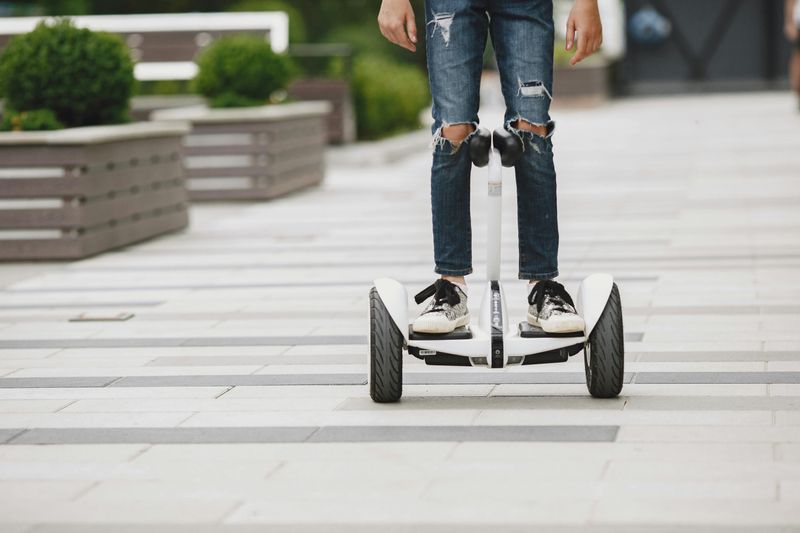
Despite the name, these two-wheeled electric scooters didn’t actually hover, but that didn’t stop them from becoming wildly popular around 2015. Riders stood on the platform and leaned forward or backward to control speed and direction.
Celebrities posted videos of themselves gliding around on hoverboards, and suddenly everyone wanted to try one. Malls and airports filled with people zipping around on them, though safety concerns and battery fires eventually led to restrictions in many places.
The hoverboard craze burned bright and fast, representing the decade’s appetite for fun personal transportation gadgets. While the trend faded, it paved the way for electric scooters and other micro-mobility options.
12. Polaroid-Style Instant Camera
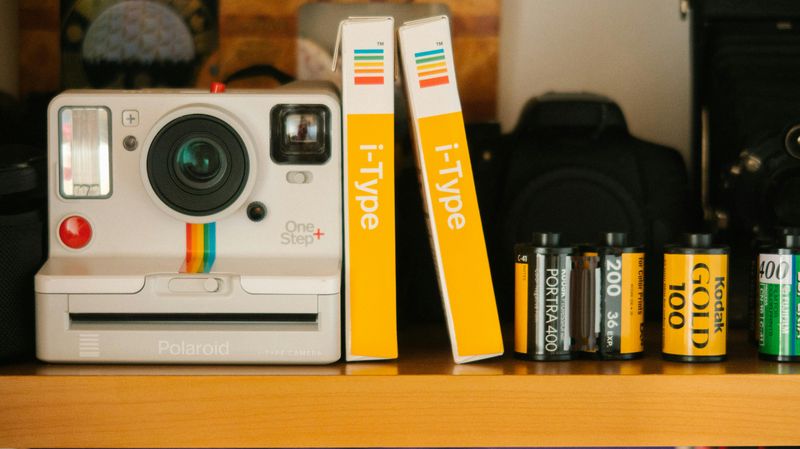
Digital photography dominated the 2010s, yet instant cameras made a surprising comeback. Fujifilm’s Instax cameras and revived Polaroid models let people print physical photos immediately, creating tangible memories in an increasingly digital world.
Teenagers and young adults especially loved decorating their rooms with instant photos, creating collages that felt personal and authentic. Wedding guests used them to create fun guestbook entries, and travelers documented adventures with physical keepsakes.
The revival proved that sometimes old technology offers something special that new innovations can’t replicate. Having a real photograph to hold and share brought back the magic of anticipation and the joy of physical mementos.

Comments
Loading…